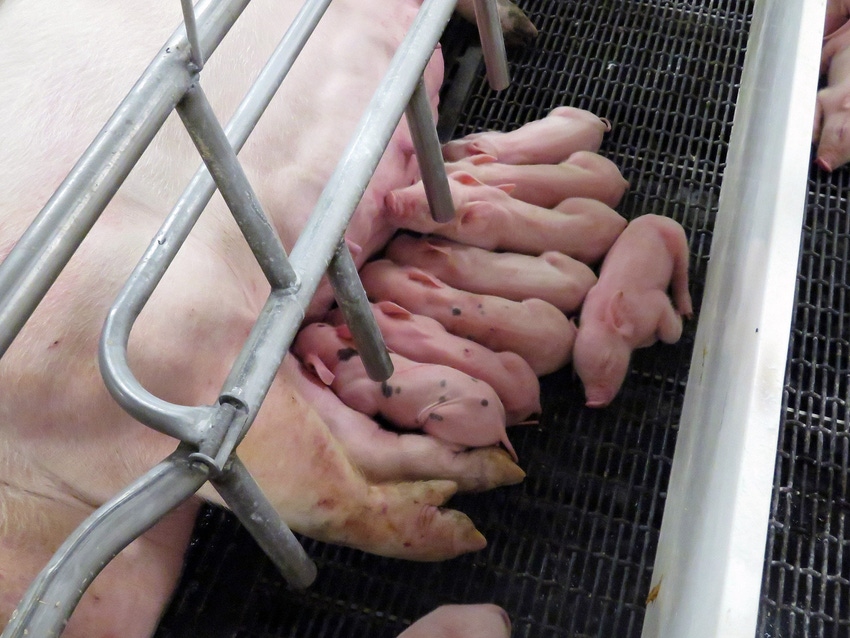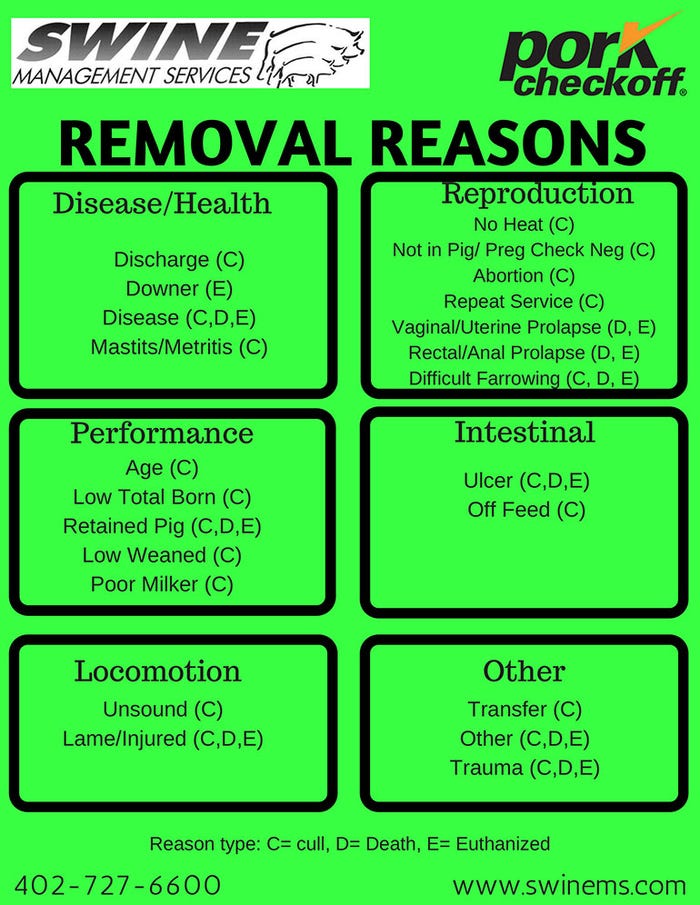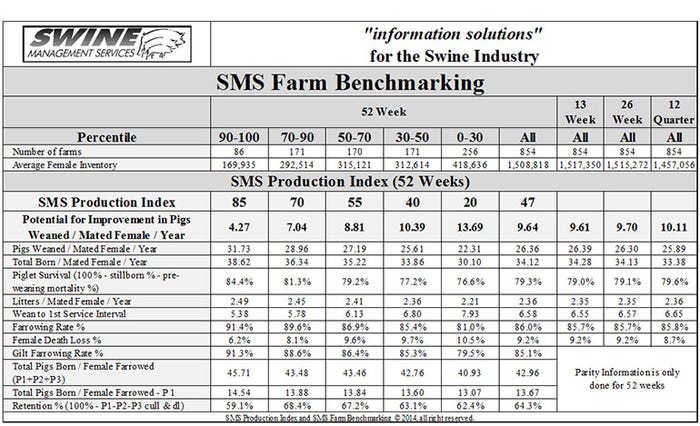Time for an overhaul of sow removal records
Getting to the bottom of the real reasons that sows are leaving the production herd may require a revamp of the record keeping system.

Ken Stalder of Iowa State University and Chris Hostetler of the National Pork Board also contributed to this column.
Herd fallout continues to be a hot topic whether it is the prolapse issue, the lameness discussion in different housing systems, or individual animal care. As we look at the Swine Management Services database, it becomes obvious that overhauling the sow removal reasons in the record keeping systems used throughout the swine industry is needed and reinforcement of the importance of data accuracy at the farm level is very much overdue.
The columns the SMS staff has penned over the previous two months have addressed a few of those issues; the excessive number of removal reasons used within a single farm, the number of animals removed with an “unknown” reason and the inaccuracy of recorded reasons. In addition, a 2007 study by Knauer et al. showed that 23% of the cull reasons (this did not include unknown reasons) were inaccurate when evaluated extensively in the data and at the slaughter plant.
The SMS staff reached out to Ken Stalder of Iowa State University, an industry expert on sow longevity, and Chris Hostetler, director of Animal Science for the National Pork Board, for input and cooperation on this column. We are also asking for input from the industry, as we are approaching this column as the initial step in beginning a much-needed conversation on this topic.
For us it starts with improving data accuracy. There are several things that can be done to accomplish this.
• Enter gilts into sow software program at arrival: Most farms don’t enter gilts into the software program until they are bred in order to prevent paying for her spot in the sow program. However, this is probably costing producers much more than it saves them. Additionally, in most cases the farm management isn’t going back to look at how many gilts aren’t making it to their initial mating or why the gilts left the herd.
• Keep a “sows to be culled” list: A list of sows to be culled should be kept in the barn where cull sows are housed. As sows are moved to that area they should be added to the list along with the reason for culling. Loading the cull truck is not the time to be recording reasons for culling; in part because the reason for culling all too frequently can’t be “seen”, it is just for recording which animals are put on the truck that day.
• Track euthanized versus dead animals: There are several sow data management software programs that do not have the ability to track which animals were euthanized compared to those that died on the farm. If you are using one of these software programs, you have a couple of options. First, is to communicate with the software management company that it is important to your operation to be able to track the differences between sows that have been euthanized and those that die “naturally.” Second, change software suppliers if the current software management company won’t add that function. If all else fails, make the primary reason for the death “euthanized” and then a secondary reason needs to be recorded as to the cause.
• Keep the list of reasons for culling short: Removal reasons are likely to be more accurate if there are fewer reasons from which to select. The following is a list that we are proposing for commercial operations to use.

In order to increase the data accuracy, it is important that, across farms, each reason is used in the same manner so we have a list of definitions for the removal reasons. Click here to get that list of definitions.
In this manner, data management companies like SMS can see developing industry-wide trends and truly identify factors that may be contributing to a given newly developed trend. We have also included how the reason can be used. For example, a sow that is removed for Not in Pig is only a “cull” reason, she didn’t “die” or was “euthanized” because she was Not in Pig. A sow with an ulcer could be culled, die or be euthanized. Some of the definitions were established based on the above-mentioned study by Knauer et al (2007).
“The only way to make improvements in herd removal rates is to have an accurate picture of what is happening to cause the losses,” says Stalder. It is our hope that farms carefully review their removal procedures and adopt the reasons above if they are not already in place on their farm. This is for the benefit of, not just the industry, but also the individual producer.
If you have suggestions or would like to comment on what is being suggested, contact Valerie Duttlinger, Ron Ketchem or Mark Rix at SMS, Ken Stalder at ISU or Chris Hostetler at the NPB. It is time we start to address the increasing female death loss issue and improve accuracy of data collection.

At SMS, our mission statement is to provide “Information solutions for the swine industry.” We feel with the creation of different SMS Benchmarking databases for all production areas we now have more-detailed information to share with the swine industry. If your farm would like to be part of the SMS Benchmarking databases, or if you have suggestions on production areas to write future columns about, please contact us. We enjoy being a part of the NHF Daily team. Previous Production Preview columns can be found at NationalHogFarmer.com.
If you have questions or comments about these columns, or if you have a specific performance measurement that you would like us to write about, contact Mark Rix, Ron Ketchem or Valerie Duttlinger.
About the Author(s)
You May Also Like



